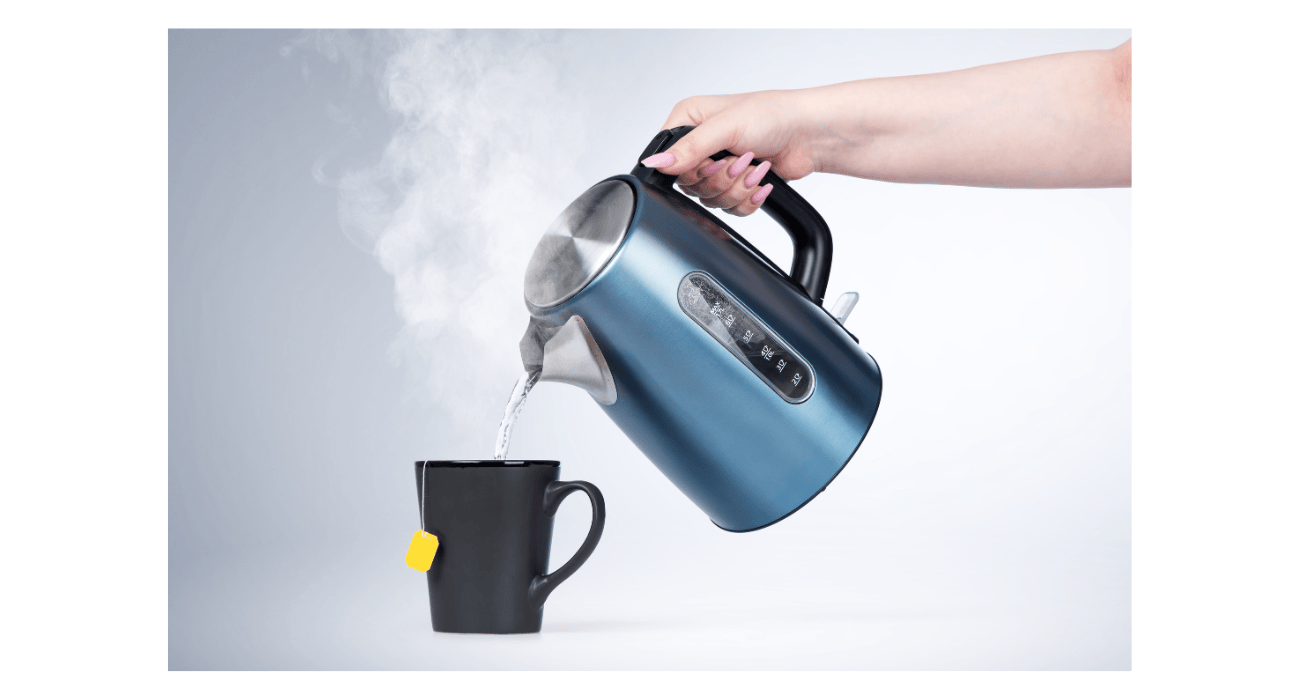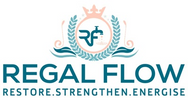
Kettle vs Water Dispenser: Which Costs Less to Run?
Ever wondered if your kettle is guzzling electricity like a thirsty camel, or if your water dispenser is secretly hiking up your bill? Short answer: The kettle is cheaper—unless you need hot water all day. Stick around for a cost comparison: countertop water dispensers vs. bottled water and tips to slash your energy bill!
Which Is Cheaper to Run: Kettle or Water Dispenser?
Introduction: Comparing Energy Consumption
Picture this: It’s early morning, and you’re half-asleep, waiting for the kettle to boil. You start wondering—how much is this costing me? Could a water dispenser be a smarter choice? Short answer: A kettle is cheaper—unless you need hot water all day. But before you make any decisions, let’s dive into the numbers. We’ll break down the energy usage, running costs, and long-term expenses so you can pick the best option for your home or office.
Understanding Energy Costs
Every time you switch on an appliance, it adds to your electricity bill. But how much?
Energy costs are calculated based on three key factors:
- Wattage – Higher power means more energy consumed.
- Usage time – The longer it runs, the higher the cost.
- Electricity rates – Measured in kilowatt-hours (kWh), prices vary by region.
Put simply, the more powerful and frequently used an appliance is, the bigger the dent in your wallet.
Factors Affecting Energy Use
- Power rating – A 3000W kettle uses more power than a 500W dispenser, but for a shorter time.
- Usage frequency – Boiling water five times a day costs less than keeping it hot all day.
- Standby power – Some appliances use energy even when not actively heating.
Now, let’s compare how these factors play out in kettles and water dispensers.
Kettle Energy Consumption
Average Kettle Wattage
Electric kettles typically range between 1500W and 3000W, depending on size and efficiency.
Boiling Time
A standard 1.5-litre kettle takes around 2–4 minutes to boil. The faster it heats, the less power it consumes overall.
Frequency of Use
Most people boil a kettle a few times a day—for tea, coffee, or cooking. Since it only uses power when switched on, there’s no ongoing energy drain like with a water dispenser.
If you’re someone who constantly refills your cup, though, you might be using it more than you think!
Water Dispenser Energy Consumption
Hot Water Heating
Water dispensers work differently. Instead of boiling water on demand, they keep it hot all day. Most storage-type dispensers have a 500W–800W heating element that cycles on and off to maintain temperature.
Cooling (if applicable)
Some models also have a cooling function, adding 80W–150W to your energy use. If you’re using a dispenser for hot and cold water, your bill will be even higher.
Standby Power
Here’s the kicker: A storage dispenser never really turns off. It continually uses power to keep water hot, typically consuming 1.5 kWh per day—even if you don’t use it much.
Cost Comparison Analysis
Calculating Energy Costs
Let’s break it down into real numbers:
-
Kettle (2000W, used for 3 minutes per boil, 5 times a day):
- 0.015 kWh per boil × 5 boils × $0.15 per kWh = ~$2.25 per month
-
Water Dispenser (1.5 kWh per day, constant heating):
- 1.5 kWh × 30 days × $0.15 per kWh = ~$6.75 per month
A kettle wins hands down in terms of raw energy cost—unless you’re using it excessively.
Usage Patterns
- Occasional use? A kettle is the clear winner.
- Need hot water all day? A dispenser is more convenient, but you’ll pay for it.
Long-Term Expenses
At first glance, a water dispenser’s daily cost may not seem high. But over a year, that’s $81 compared to $27 for a kettle—three times more expensive.
Additional Considerations
Water Volume
A kettle lets you boil only what you need, minimising waste.
A dispenser stores a fixed amount of hot water, meaning you may heat more than necessary.
Temperature Consistency
- Kettles cool down quickly, so you might have to reboil.
- Water dispensers keep water hot constantly, but at a cost.
Addressing Common Concerns
Initial Costs
- Kettles are cheaper upfront, usually costing £20–£100.
- Water dispensers can be £100–£500, plus installation costs if needed.
Maintenance
- Kettles require occasional descaling to remove limescale build-up.
- Water dispensers need regular cleaning, plus filter replacements, adding to long-term costs.
Conclusion: Finding the Most Cost-Effective Solution
So, which should you choose? If you only need hot water a few times a day, a kettle is by far the cheapest and most efficient choice. If you love instant access to hot water all day, a water dispenser is more convenient—but you’ll pay extra for that luxury. To save money, match your appliance to your needs. Want a cost-saving tip? Use a thermal flask to keep boiled water hot for longer—best of both worlds!
More Countertop Water Dispenser info we think you'll love
Is it cheaper to buy water bottles or water dispenser?
Countertop Water Dispensers vs. Bottled Water
The most cost-efficient way to buy water?
How can I reduce my water bills?
Is it worth it to buy bottled water?
Do water dispensers use a lot of electricity?
How much does it cost to run a water dispenser?


Leave a comment